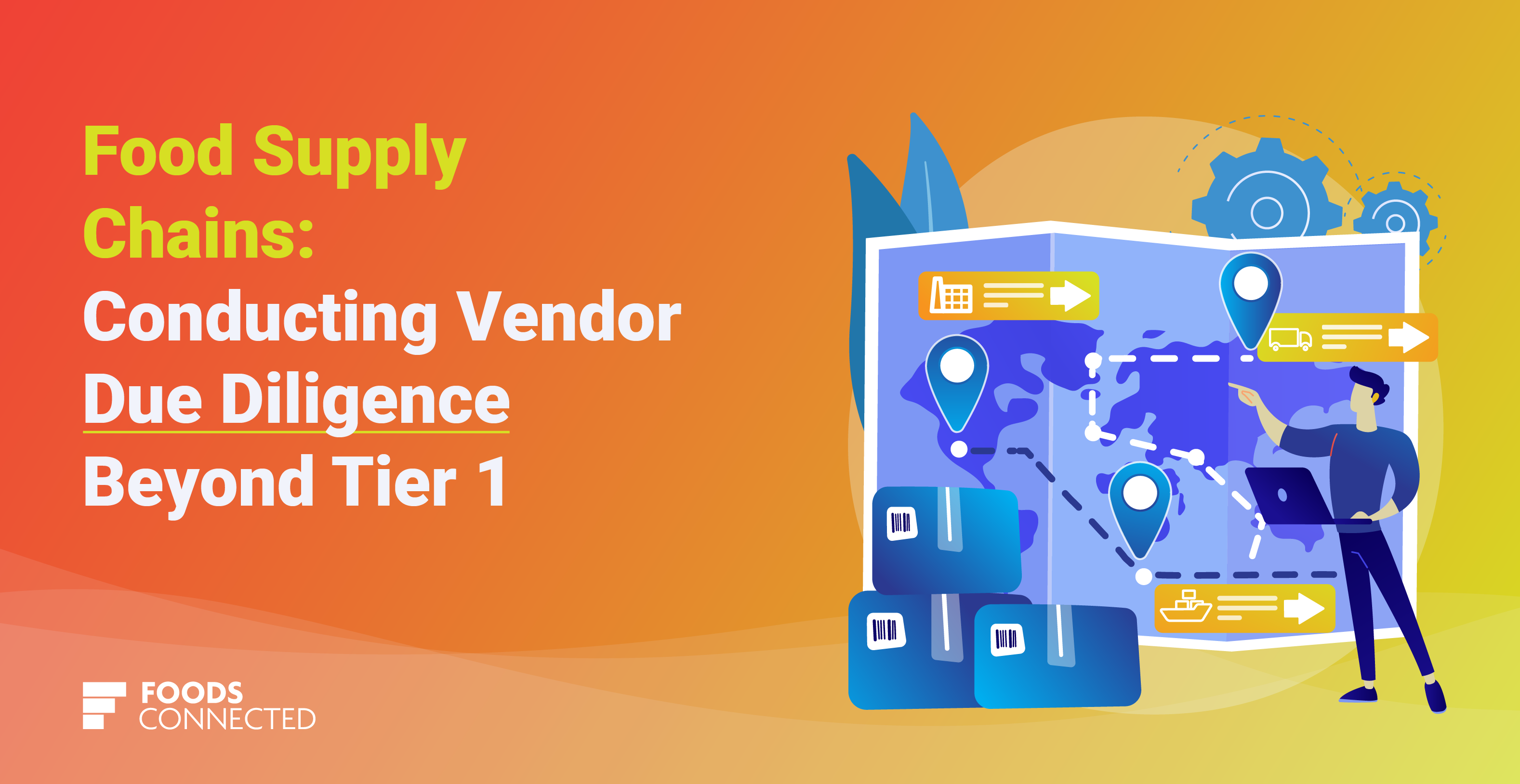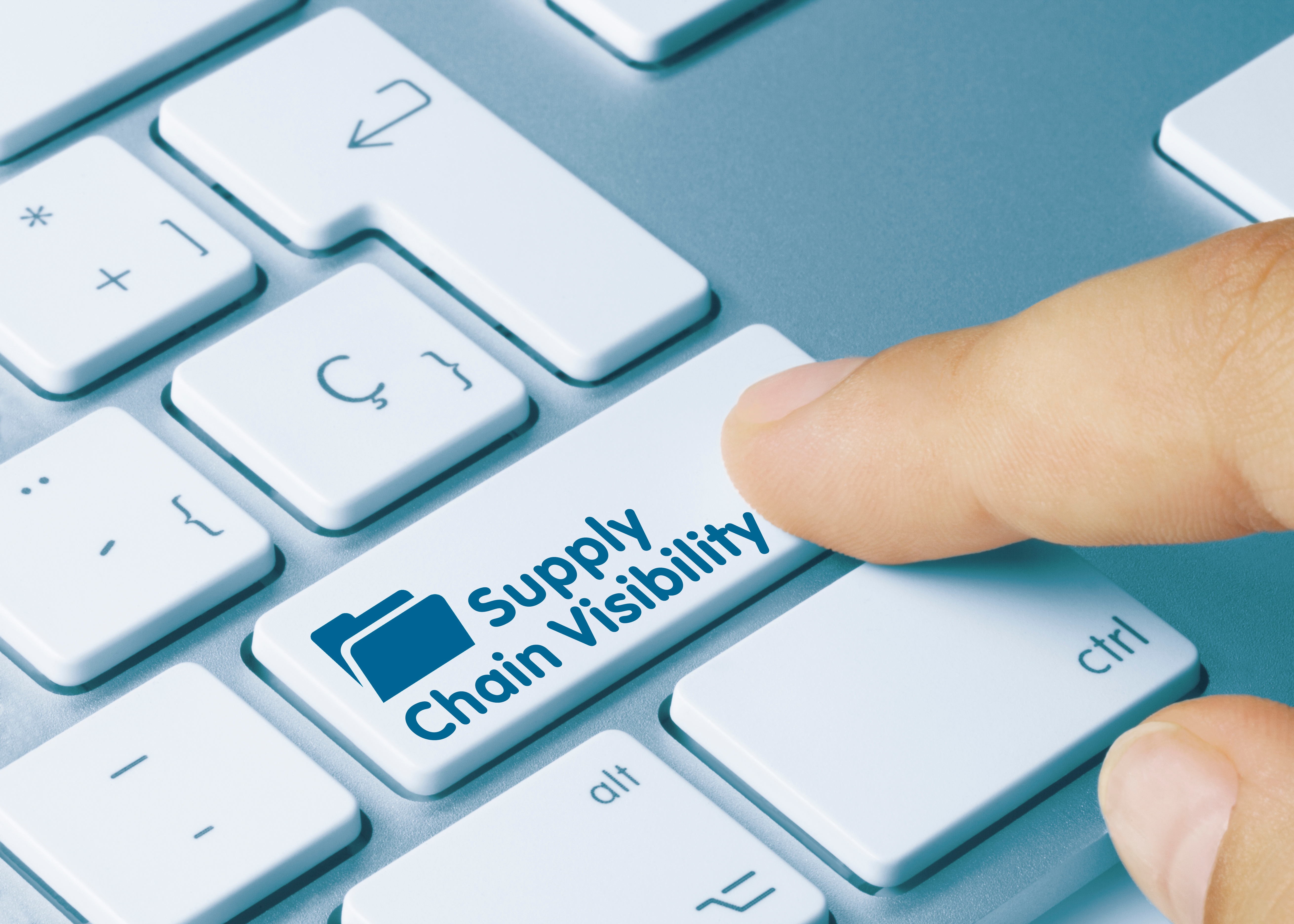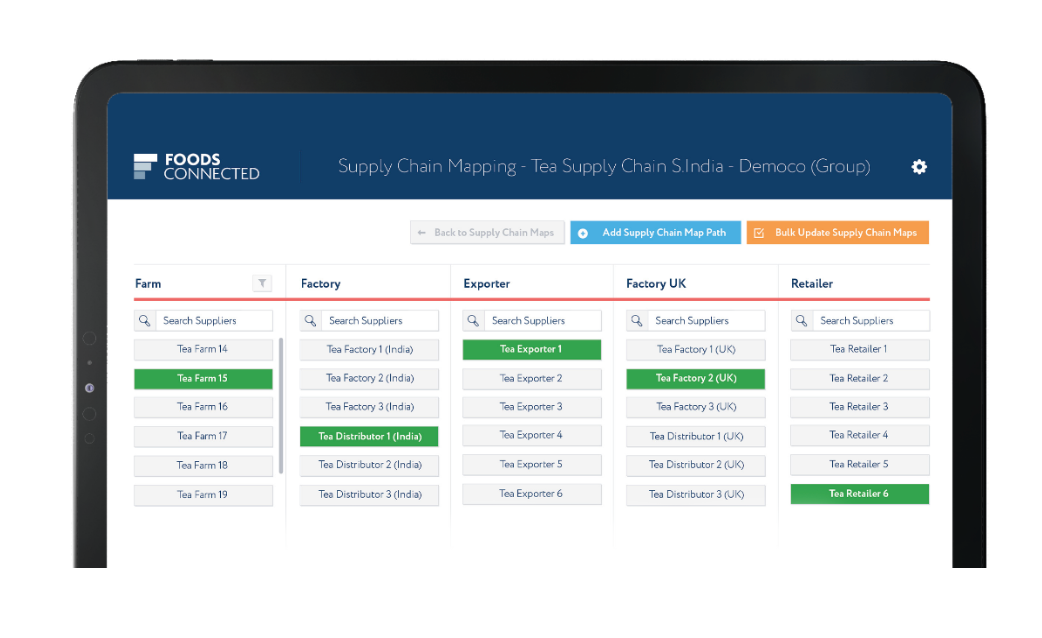
Many food businesses will conduct thorough checks on their primary suppliers, and occasionally perform an audit of secondary or tertiary suppliers. However, these audits are often not thorough enough to identify key risks. This can lead to increased costs, delays in production and even lawsuits against companies for failure to comply with regulations such as the Consumer Product Safety Improvement Act (CPSIA).
What is Supplier Due Diligence and why is it so important?
Supplier due diligence, or SDD, is a process that allows you to evaluate your suppliers, including those in the so-called ‘tier 2’ and below. It allows organisations to understand the potential risks they face with each tier or supplier, so they can make informed decisions when selecting a supplier or managing new risks. The goal of this evaluation is to ensure that your suppliers meet your company’s standards and expectations. To do so effectively, you will need to conduct thorough research into each potential supplier by gathering information from existing databases as well as conducting interviews with representatives from each company. The benefits of such an extensive screening include a reduced risk of fraud (both internal and external) and an increased likelihood of success when entering new markets.
Tier 1 suppliers are definitely something companies should be investigating thoroughly, but they must also conduct due diligence on any tier 2 or 3 manufacturers as well. Why? Companies often outsource their manufacturing to a third party which can be either an individual or a company. This means that the product you buy may have been made by a supplier who is not directly involved in your food supply chain, but rather by one of many suppliers (with varying degrees of liability) that have been involved in its creation. So, for companies to ensure they are not buying from an unscrupulous manufacturer, it's necessary for them to conduct due diligence on all tiers of their supply chain. The nature of food supply chains can sometimes make it difficult to know exactly where some raw ingredients and materials have come from or how they entered your food supply chain. Many times, they enter via non-chain intermediaries who can be easily manipulated by dishonest parties. In addition, your tier 1 suppliers may not be providing all their supply chain information correctly or honestly because they fear losing the business if they disclose anything that would make them look bad in front of their clients—or worse yet—have their access cut off entirely.
Closing the information Gap 
When it comes to what information you should be collating and monitoring when conducting due diligence on prospective suppliers, two key aspects should be considered. 1) Risks associated with the ingredient/ product/ service and 2) risks with the specific supplier/provider.
For instance, some ingredients may present a greater risk than others such as raw meat and other ingredients at considerable risk of adulteration or contamination. Likewise, each supplier will have their own associated risk, this could be related their financial stability, reputation, geographical location etc. On site Food safety audits may be required to verify the validity and effectiveness of food safety programs and processes. By combining assessment results from both the ingredient/product/ service and the supplier, your business can gain new insights that guide vendor selection.
Although its vital to capture this information during supplier on-boarding, it is equally as vital to conduct ongoing monitoring of compliance with contractual terms and ingredient risk to provide an indication of the supplier’s ability to continually meet requirements and can provide early indication of an impending problems. Second, periodically reassessing risks presented by the supplier can detect developing problems, such as financial instability. The depth and frequency of each dimension is determined by the level of risk presented.
Closing the information gap also means ensuring suppliers across all tiers are clear about what is expected of them to remain as an approved supplier; And finally, ensuring that the relevant people within your business have visibility over non compliances or impending risks to off-board clients or seek alternative supply routes, as necessary.
Leveraging Technology for simplified supplier due diligence
Supply chain management solutions offer an excellent opportunity for businesses to get a better handle on potential risk across all tiers of their supply chain. In fact, According to the BCI, Supply Chain Resilience Report 2021 “some 57% of survey respondents reported they increased the use of technology to map supply chain disruption as a direct result of the pandemic” This can be particularly helpful when dealing with smaller, low tier suppliers whom your business has no direct relationship with, and are at greater risk of manipulation or financial instability.
Foods Connected offer a variety of tools and solutions to simplify the due diligence process across your supply network. The Supplier Manager Solution provides a centralised hub to collate key supplier information for all supplier tiers, such as key contacts, location, risk assessments, responses to supplier questionnaires, certifications are more. Businesses can track changes to supplier compliance data, create trended reports on supplier risk level and performance and use this to inform approval status.
Our Supplier Mapping tool provides central visibility over each touch point in your food supply chain, maximising supply chain resilience. The tool allows you to quickly build visual supply chain trees that clearly map out each touch point within your supplier’s product journey. Supplier Maps provide elevated levels of transparency and assist in quickly identifying suppliers or products involved in a food recall or other supply chain disruption, so your business can react quickly to incidents. Touch points along the supply route can be captured easily, changes can be tracked, and data can be accessed instantly, for efficient management of incidents or issues as they arise. 
Natalie Thorpe
A graduate of Letterkenny Institute of Technology, Natalie studied Visual Communication and Graphic Design. When she's not creating up new designs for company materials and branding, writing, compiling marketing plans or implementing new UX strategies, you'll find her roaming a deserted beach in search of her disappearing dog, or soaking up different cultures on her globetrotting adventures!
Stay up to date
Stay up to date
Browse Posts
- December 2025
- November 2025
- October 2025
- September 2025
- August 2025
- July 2025
- June 2025
- May 2025
- April 2025
- March 2025
- February 2025
- January 2025
- December 2024
- November 2024
- October 2024
- September 2024
- August 2024
- July 2024
- June 2024
- May 2024
- April 2024
- March 2024
- February 2024
- January 2024
- December 2023
- November 2023
- October 2023
- September 2023
- August 2023
- July 2023
- June 2023
- May 2023
- April 2023
- March 2023
- December 2022
- November 2022
- October 2022
- September 2022
- August 2022
- July 2022
- June 2022
- May 2022
- April 2022
- March 2022
- February 2022
- January 2022
- December 2021
- November 2021
- October 2021
- August 2021
/Blog%20Headers/shutterstock_1927957907%20(1).jpg)
/Blog%20Headers/shutterstock_1845178195%20(2).jpg)
/Blog%20Headers/shutterstock_2133827717%20(1).jpg)
/Blog%20Headers/shutterstock_2473376713.jpg)
/Blog%20Headers/shutterstock_2247276303.jpg)
.png)
.png)




/Blog%20Headers/Whitbread%20CS%20Blog%20Header.jpg)
.jpeg)
/Blog%20Headers/Blog%20header_Supply%20Chain%20Resilience%20Series_Navigating%20trade%20tensions.jpg)

/Blog%20Headers/shutterstock_1592231437.jpg)
.png)
/Blog%20Headers/shutterstock_1465221002.jpg)
.png)